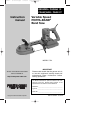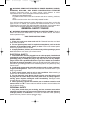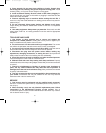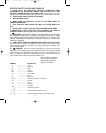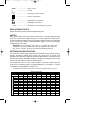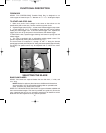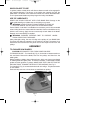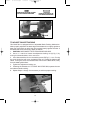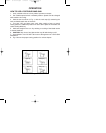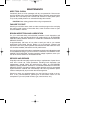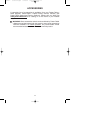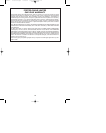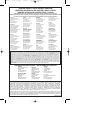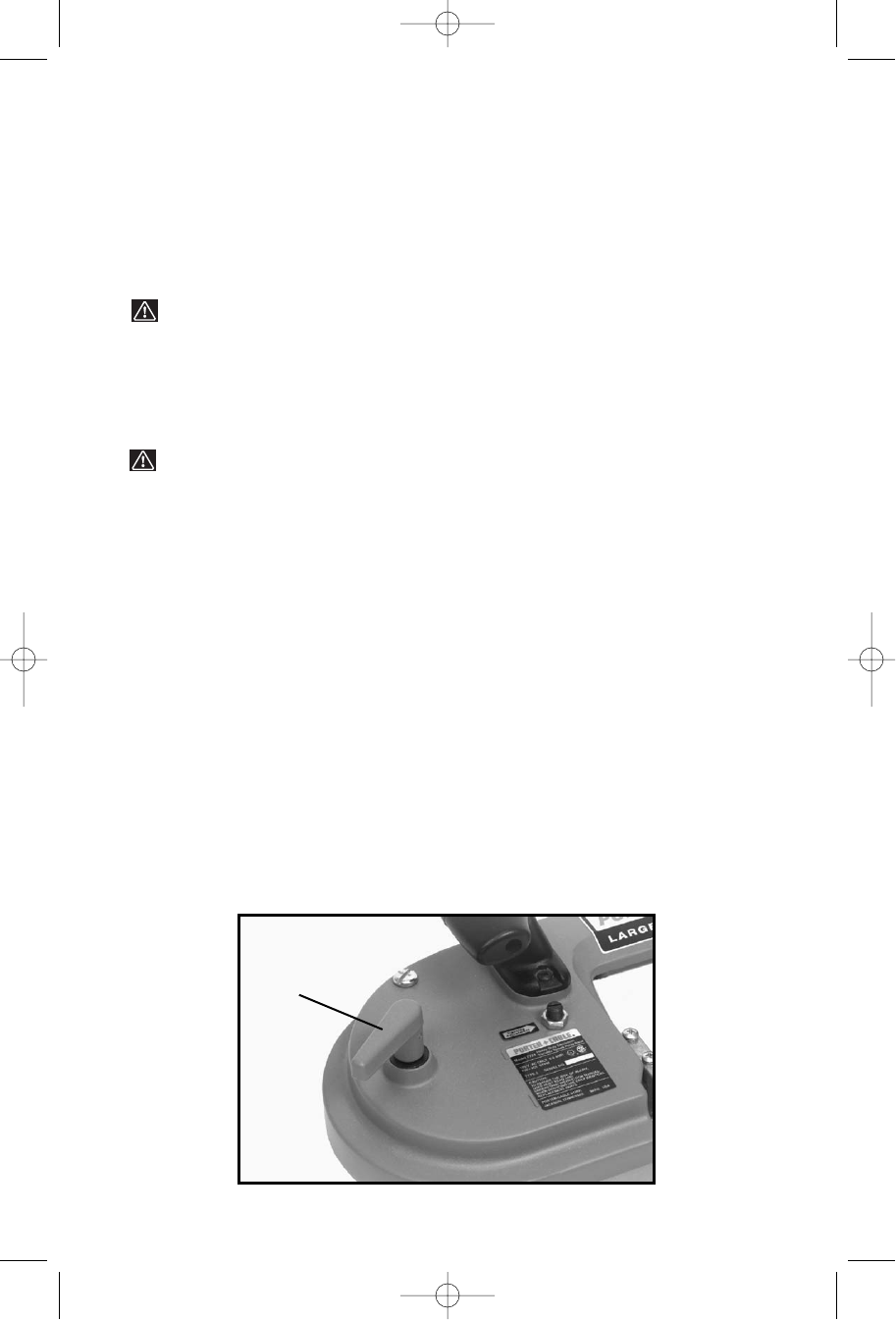
7
WHICH BLADE TO USE
In general, select a blade which will allow at least two teeth to be engaged in
the material thickness. The thinner or the harder the material, the finer the
blade teeth. The thicker or the softer the material, the coarser the blade teeth.
The hi-speed steel blades stay sharp longer than alloy steel blades.
USE OF LUBRICANTS
NEVER USE LIQUID COOLANT WITH YOUR BAND SAW. Damage to the
blade guide bearings or rubber tires on the pulleys may result.
WARNING: LIQUID COOLANTS CAN INCREASE THE RISK OF
ELECTRIC SHOCK. Use only stick wax to lubricate the blade.
Porter-Cable’s “Lube Wax” is available as an accessory and is recommended
when cutting aluminum, brass and thick materials. Cast iron should be cut dry.
With the saw running, apply the wax momentarily to both sides of the blade.
Reapply wax intermittently as needed.
WARNING: EXERCISE EXTREME CARE TO PREVENT HANDS
FROM CONTACTING THE BLADE.
After prolonged cutting, the wax will cling to the pulleys of your BAND SAW.
This does not affect the operation of the machine. All that is necessary is to
disconnect the machine from the power source and wipe the wax from the
pulleys.
ASSEMBLY
TO CHANGE SAW BLADES
CAUTION: DISCONNECT TOOL FROM POWER SOURCE.
TO REMOVE BLADE – Turn handle (A), Fig. 2, clockwise to release tension on
the saw blade. Remove the blade, first from the pulleys and then from the
blade guide.
Before installing a blade, clean chips and wax, which may have accumulated
on blade guides and pulley tires. TO INSTALL BLADE – install blade in blade
guides and then position on pulleys. MAKE SURE TEETH ON LEFT SIDE OF
MACHINE POINT TOWARD THE REAR OF THE MACHINE. See Fig. 3.
Turn handle (A), Fig. 2, counterclockwise as far as it will go. This places tension
on saw blade.
Start and stop saw two or three times to seat blade on pulleys.
Fig. 2
A
902452 - 03-08-02.qxd 3/18/02 9:02 AM Page 7



